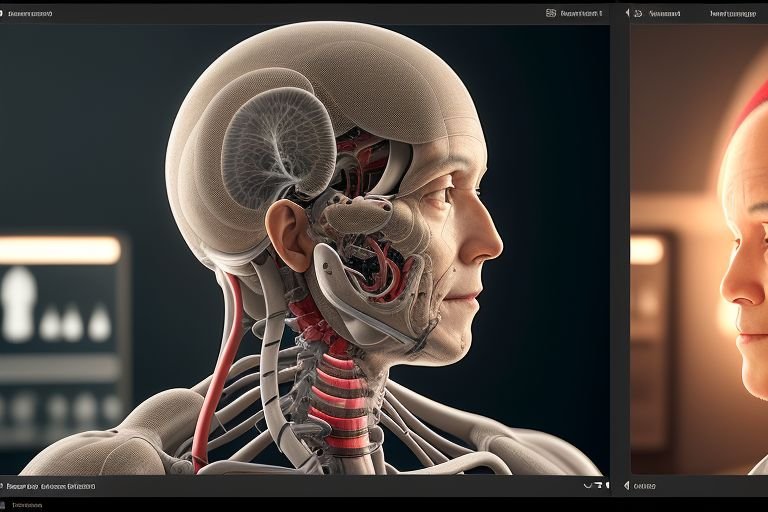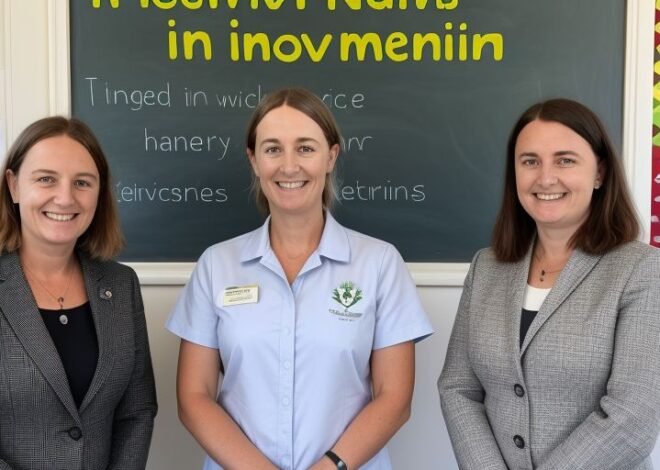
MIT’s ScribblePrompt revolutionizes diagnosis with AI-powered image segmentation
Using its ScribblePrompt AI framework, experts from the Massachusetts Institute of Technology (MIT) are revolutionising the field of medical imaging.
This can help to segment medical images in as little as a few seconds which could help to greatly decrease the amount of time spent annotating by approximately 28 percent. The consequence of this advancement extends across the board and is meaning enhancement of efficiency and accuracy of diagnosing different diseases.
ScribblePrompt has been built as an AI-generated system which aims to save time in order to emphasize different anatomical structures in different types of scans. It helps the doctors to define areas of interest and delineate concepts of diseases with far greater speed and accuracy than it has ever been possible before.
This capability is especially useful in areas like radiology, oncology and neurology since the accuracy of image interpretation is important when it comes to the treatment of the patient.
It works with the ability of the users to input minimal information about an image such as hand drawn sketches or areas of interest. This information is used by the AI to create very accurate divisions of the structures conducive for targeting. This approach has the advantage of greatly decreasing the amount of time generally spent on manual annotation, which has been an area of major concern in performing medical image analysis.
On the same note, it is important to appreciate ScribblePrompt as being highly elastic in terms of its application. The framework can be potentially useful for analysing MRI, CT scans and X-rays. To accomplish this, it has a certain degree of flexibility that has proven beneficial in various forms of medicine and medical research laboratories. Further, the self-learning characteristic of the system implies that the efficacy of the system can also be trained progressively as more information is ingested by the system.
Obviously, the potential of this technology in such field as the healthcare is enormous. ScribblePrompt potentially could entail fewer time for individuals to detect cancer from the images and less burden on the medical personnel could lead to good health results for individuals. It may also benefit large scale biological research through helping to analyze a large amount of imaging data more efficiently.
Further, saving of time taken to annotate the images could translate to huge savings on costs especially in health care systems and research institutions. Such efficiency could allow for better throughput of screening programs and may lead to analysis of larger data sets in a pharmacological trial or epidemiology.
It should also therefore be understood that the technology has many advantages but is intended to support the efforts of experts and not override them. Nevertheless, doctors and other healthcare workers will remain the key in result analysis and clinical assessments. However, ScribblePrompt can work as a strong supplement to their performance enhancing their sh deeply and increasing the effectiveness of their work.
Like with any other AI system in the health care the current model will require rigorous validation as well as regulatory clearance before it takes root in clinics. Pertaining to the aspects of safety and dependability, it will be imperative to sustain the precision and trustworthiness of the system with regards to patients of different backgrounds and types of scans. It can, therefore, be concluded that the ScribblePrompt is a massive improvement in the use of analytics in the field of imaging.
AND given the progress made in this fields, what we realize that the future has much larger and more integrated diagnostic and treatment techniques. MIT has demonstrated in this innovation the capacity of AI to enhance healthcare and the quality of patient care across the world.


